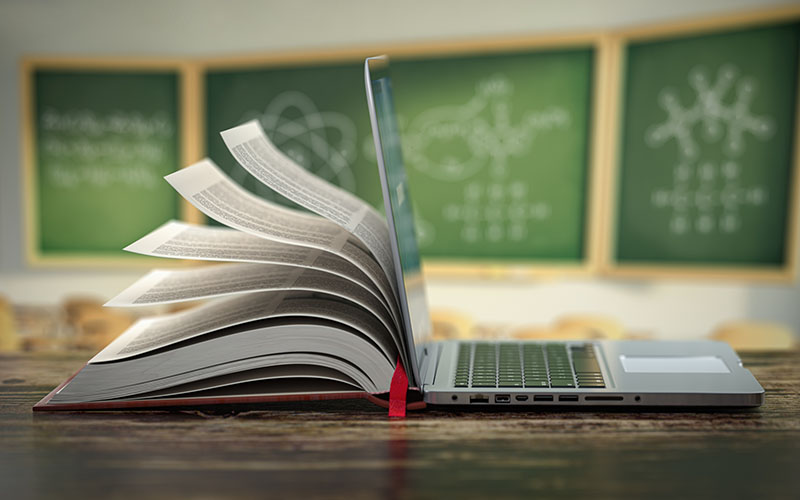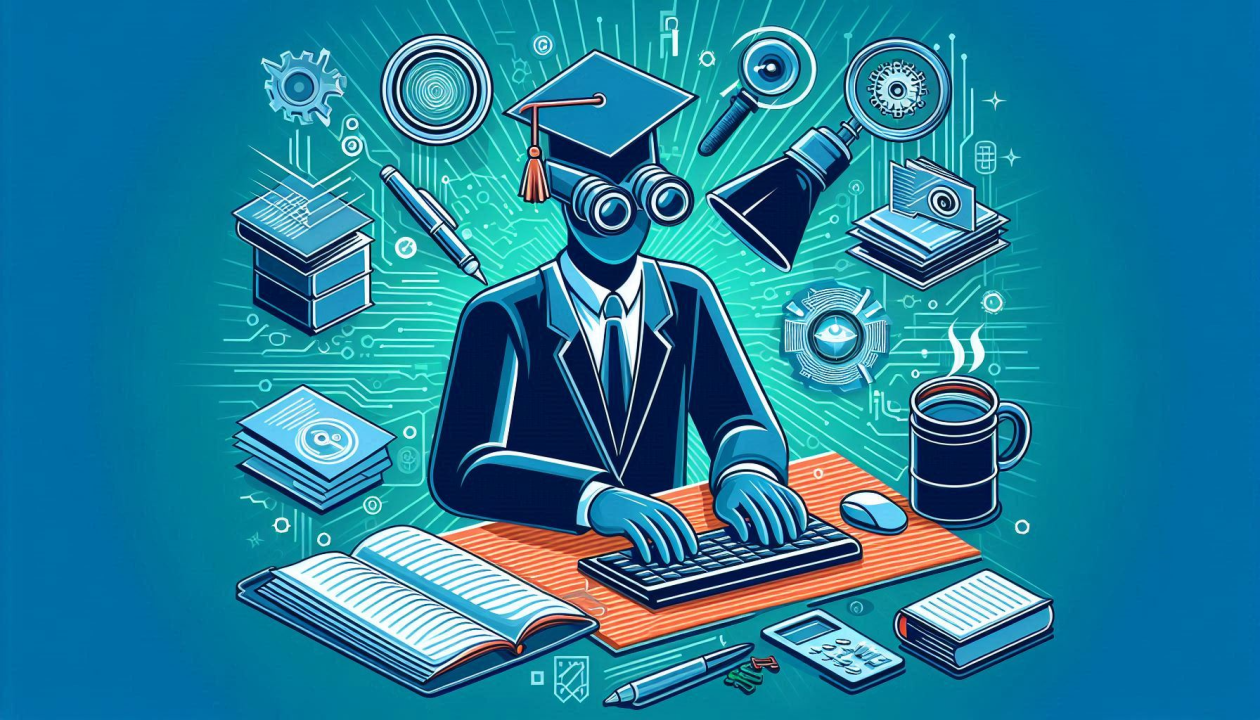
In today’s digital age, where information is more accessible than ever, the issue of plagiarism has gained significant attention. The act of using someone else’s work without proper attribution not only undermines academic integrity but also poses serious ethical and legal challenges in the professional realm. This article explores the rising importance of plagiarism detection, tracing its significance from the classroom to the boardroom.
Understanding Plagiarism
Plagiarism can be defined as the act of presenting someone else’s ideas, words, or work as your own, without proper acknowledgment. It can take many forms, including:
- Direct Plagiarism: Copying text word-for-word without citation.
- Self-Plagiarism: Reusing one’s previous work without disclosure.
- Mosaic Plagiarism: Piecing together various sources without proper attribution.
- Accidental Plagiarism: Failing to cite sources correctly, leading to unintentional theft of intellectual property.
With the rise of the internet, the lines of what constitutes plagiarism have blurred, making it easier for individuals to access and misuse content. This has resulted in a growing need for effective plagiarism detection tools across various sectors.
The Academic Landscape

According to CyberGhost (CG) in educational institutions, plagiarism detection is crucial for maintaining academic integrity. With students often facing immense pressure to perform well, the temptation to plagiarize can be high.
Tools for Detection
Many schools and universities have adopted plagiarism detection software like Turnitin, Grammarly, and Unicheck. These tools not only help educators identify instances of plagiarism but also educate students about proper citation practices.
- Turnitin: Used by thousands of educational institutions worldwide, Turnitin compares submitted papers to a vast database of academic works, internet sources, and student papers, providing a similarity score that highlights potential plagiarism.
- Grammarly: While primarily known as a grammar-checking tool, Grammarly also includes a plagiarism checker that scans texts against billions of web pages to identify unoriginal content.
Promoting Academic Integrity
By integrating plagiarism detection into the academic process, institutions foster a culture of integrity and originality. This emphasis on ethical practices helps students understand the importance of originality and the consequences of academic dishonesty, setting the foundation for their future professional lives.
Transitioning to the Professional World
As students transition from the classroom to the boardroom, the significance of plagiarism detection extends beyond academia. In the professional realm, plagiarism can lead to severe repercussions, including loss of credibility, legal action, and financial penalties. The prevalence of online content has made it easier for individuals to inadvertently copy others’ work, highlighting the need for robust plagiarism detection mechanisms.
Industries Most Affected
Certain industries are particularly vulnerable to plagiarism issues:
- Publishing: Authors and publishers rely heavily on originality. Plagiarism can damage reputations and lead to costly legal battles.
- Marketing: In a world driven by content, marketers must ensure their campaigns are original to avoid negative publicity and maintain brand integrity.
- Academia: Scholars and researchers face strict scrutiny regarding the originality of their work. Plagiarism can lead to retractions of published papers and loss of funding.
The Legal Implications
The consequences of plagiarism can be dire, especially in terms of legal ramifications. Copyright laws protect original works, and companies found guilty of plagiarism can face lawsuits from the original creators.
For instance, notable cases such as the J.K. Rowling vs. Steven Vander Ark case demonstrate how plagiarism can lead to significant legal battles. Vander Ark’s unauthorized Harry Potter Lexicon faced copyright infringement claims from Rowling, resulting in a high-profile court case that underscored the importance of respecting intellectual property rights.
The Role of Technology in Plagiarism Detection

Advancements in technology have played a crucial role in enhancing plagiarism detection methods. With the rise of artificial intelligence (AI) and machine learning, detection tools are becoming more sophisticated and accurate. Advanced tools like an AI source code detector are redefining plagiarism detection by verifying originality at a deeper level. Leveraging AI technology ensures greater accuracy in identifying both direct and nuanced content duplication.
AI-Powered Solutions
AI-driven plagiarism detection tools analyze writing patterns, sentence structure, and even writing style to identify potential plagiarism. These tools can detect not only copied content but also paraphrased material that may not be immediately recognizable as plagiarized.
- Deep Learning Models: These models can understand context and meaning, enabling them to detect nuances in writing that traditional software may miss.
Educating Users
Technology plays a dual role in plagiarism detection. While it helps identify instances of plagiarism, it also serves as an educational tool for users. Many detection software programs offer resources and tutorials on proper citation practices and the importance of originality.
Best Practices for Prevention
To effectively combat plagiarism, individuals and organizations must adopt proactive measures. Here are some best practices to consider:
1. Proper Citation
One of the simplest ways to avoid plagiarism is to ensure proper citation of sources. Familiarize yourself with different citation styles (e.g., APA, MLA, Chicago) and consistently apply them in your writing.
2. Educate on Ethical Content Creation
Organizations should prioritize educating employees about the importance of ethical content creation. Workshops, training sessions, and resources can help reinforce the value of originality and proper attribution.
3. Foster a Culture of Integrity
Both academic institutions and workplaces should cultivate a culture of integrity where originality is celebrated. Encouraging creative thinking and innovation can help reduce the temptation to plagiarize.
4. Utilize Plagiarism Detection Tools
Encouraging the use of plagiarism detection tools can act as a safety net for both students and professionals. Regularly scanning work for originality can help identify potential issues before submission or publication.
5. Encourage Collaboration and Sharing Ideas
Fostering an environment where individuals can freely share ideas and collaborate can help reduce the urge to plagiarize. Collaborative projects promote creativity and innovation while emphasizing the value of individual contributions.
Conclusion
The rising importance of plagiarism detection underscores the need for vigilance in both academic and professional settings. As the digital landscape continues to evolve, so too must our approaches to maintaining integrity and originality.
By implementing effective plagiarism detection tools, fostering a culture of ethical content creation, and prioritizing education, we can navigate the complexities of plagiarism and ensure a more honest and credible future for both classrooms and boardrooms.
Plagiarism detection is not just a technical necessity; it’s a fundamental aspect of maintaining integrity and trust in both academic and professional environments.
The journey from classroom to boardroom involves a commitment to originality, ethical practices, and a proactive approach to preventing plagiarism. As we continue to innovate and grow in this digital age, let us prioritize the values of honesty and integrity that form the foundation of successful academic and professional careers.

